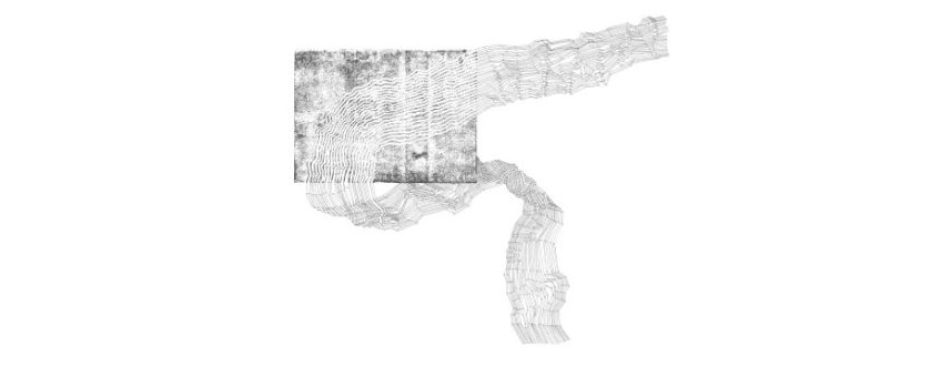I thought that after completing the ‘hard parts’ of designing an action, executing it, and gathering the resultant data it would be a simple and pleasant task of compiling this data and finding that discoveries simply jumped from the page. Obviously this was misguided, and I now find myself struggling to find ways to present the information I have gathered lucidly and in a way which reveals the secrets it holds.
I am dealing with both quantitative and qualitative information; the first comes from a set of questions which produced numbered responses. This is relatively easy to compile (especially because I only received responses from 22 students). The second is a set of written reflections from students where they comment upon their experience of group work. This is much harder to collate into a meaningful or measurable analysis.
I have turned to Edward Tufte’s Envisioning Information for inspiration in the presentation of quantitative data but although all of the examples have inspired me to be creative in my approach, I find that all I do is add unnecessary complexity for the sake of aesthetics, the complete opposite of what Tufte is advocating for. Therefore I have settled on very conventional graphs and tables which, although rather dull, give me the flexibility to ask questions such as “did the respondents feel they learned much from each other in a group context?’ or “did those who found group work enjoyable also feel comfortable speaking in the group?”
What I’m finding whilst viewing this data is that rather than answering questions it is tending to ask more. For example only one person appears to have had a particularly bad time with the group work, does this maybe suggest that group work was generally enjoyed? Or that those who felt positive about it also felt positive about giving feedback? Or that those who felt most confident felt most able to give feedback? (Many of the respondents felt very comfortable speaking in the group). I would also be interested to know if these people would have answered the same way at an earlier stage in the group work, or having presumably formed relationships over the project they found that by the end – when filling out the survey – they were very comfortable speaking to their new friends.
I may find answers to these questions and more when I get to the qualitative data as I will be able to mentally overlay this on the quantitative to see how they relate, though I suspect the visualisation of that data will prove far more challenging. However I can’t help but feel very acutely the spiral of action research at play here and am coming to realise that the PGCert is resulting in exactly what I was hoping for: the tools and drive to continually improve my teaching.
References:
Tufte, E.R. (1990) Envisioning Information. First Edition. Cheshire, Conn: Graphics Press USA.
